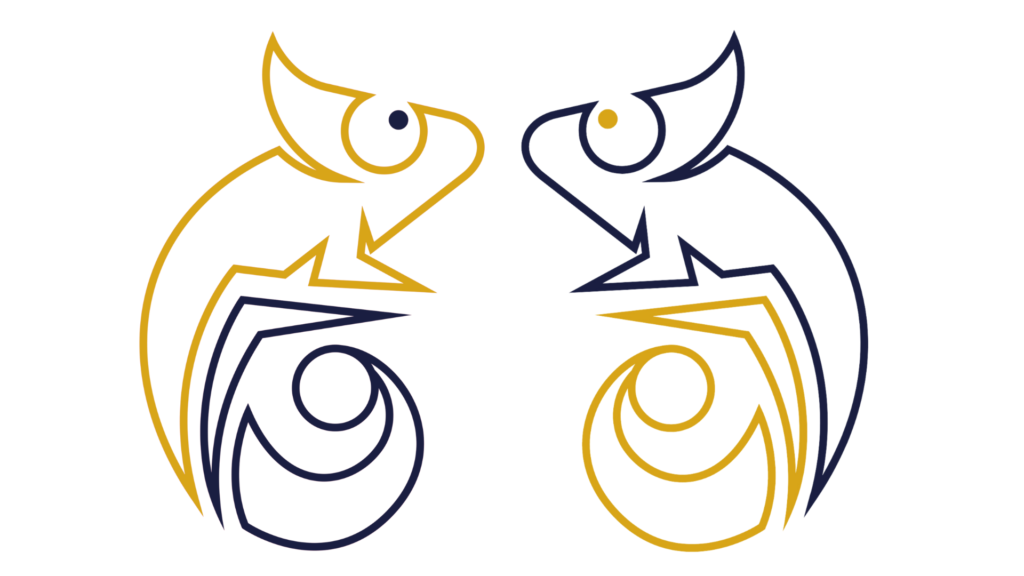
Coaching The Relational Way: Goodbye Masterplan! Hello Complexity | Integrative Presence
Breaking new ground in systemic coaching & leading
Guided by Harvard-Grant Based Research Tünde Erdös, Sandra Henson, Grace Kew
When you practice presence, how do you know that your presence is really what is valuable for your client’s success, growth, development, and healthy functioning beyond coaching sessions? How can you tell that your coaching presence works?
Conventional practical wisdom as well as some coaching scholars (e.g., Silsbee, 2008; Divine, 2009) hold that presence comprising the coach’s whole self (i.e., body, mind, and heart) is the coach’s power-house to support client’s effectiveness in coaching. More recently, literature (Noon, 2018) indicates that coach’s presence can be associated with client’s successful development in coaching as some relational phenomenon.
While there is common agreement among scholars and practitioners alike that presence is an important competence that the coach needs to bring into the coaching room, navigating the sea of presence – the much-coveted and so poorly understood competence in coaching - can be a challenge. The sea of wisdom, perspectives about and reflections on how coaches’ presence manifests and how to work with it creates confusion. Which perspectives to listen to? What practices would be best? What is the essence of presence?
Most recently, a Harvard Grant-based large-scale international coaching research (Erdös & Ramseyer, 2021, in press) investigated 184 coach-client pairs in video-taped sessions looking into how coach and client responded somatically to each other effortlessly as an expression of ‘being with each other’ beyond spoken words, as well as how this mutual responsiveness impacted client’s capacity to feel safe and navigate challenging moments in coaching on their path toward goal attainment. In a nutshell, the study explored the way in which the energy emanating from coach and client through their spontaneous movement influenced client’s progress over time.
Specifically, this study has found that presence is a complex interpersonal phenomenon in coaching as a dynamic change process involving emotional depth (Erdös, de Haan, & Heusinkveld, 2020). Specifically, the study investigating presence as a nonverbal spontaneous responsiveness between coach and client indicates that presence is not about the coach alone. The study also reveals that coaches make a conscious effort to be present as some ‘correctional mechanism’ at a point in time where the coaching process is perceived to be deteriorating. The same study also indicates that coaches work to be present mostly at the outset of the coaching engagement to ‘get on the same page with clients’ while presence steadily decreases over time and across sessions. Furthermore, the optimal level of presence is suggested to highly depend on the contextual situation (e.g., gravity of the issue, client’s characteristics, the quality of the coaching relationship, organizational factors) between coach and client.
Most importantly, this study enhances our understanding of how presence impacts clients’ self-regulatory capacities through the coaching relationship. It shows that where there is a clear focus on task-setting, goal orientation and joint task sharing, presence becomes redundant. This finding clearly suggests that coaching presence is a phenomenon that is not yet sufficiently explored and understood, in particular with view to the elements that constitute presence and the impact it has both on coach and client over the course of the coaching engagement. Indeed, it was found that presence can even harm - in particular, where there is too much of it - client’s feeling psychologically safe to navigate the edge of their learning. What is more, findings cannot be associated with any specific techniques or any particular method used in coaching.
At the same time coaching literature (Jackson, 2017) calls coaching science to shed some light on the sea of perspectives and practices as well as on what hinders us from making a clear sense of the essence of presence. Indeed, involving research and scientific evidence in a practice that is so much coveted and so poorly understood is important as science has the capacity to bridge the gap between what we know and what we still need to find out more about to grow as a credible practice using presence as a core competence. Science is also the journey towards rigorous knowledge building that deconstructs our most closely held beliefs just as much as it supports crafting our new identity as practitioners – humbled by the serendipity of findings.
So How Does Presence Work in the Coaching Relationship? Is it the X-factor in Coaching?
Realistically, as there is much practical wisdom and many ways in which to conceptualize presence (Erdös, 2021), addressing this question can be particularly challenging. The findings of the study
conducted by Erdös and Ramseyer (2021) imply that the extent to which both coach and client spontaneously respond to each other indicates the extent to which they are able to meet each other’s needs. This spontaneous mutual responsiveness implies that both have needs in the coaching relationship – no matter how much coaches might work to not have any. Indeed, the very fact of trying hard to eclipse needs (i.e., needing to make an impact in coaching, using a specific tool successfully, asking powerful questions, intent to not be influenced by client’s emotions, the pressure of being present) appears to create tensions that clearly show in how coaches are capable of responding to client’s needs at any given moment. Hence, presence works as a somatic needs exchange. The study evidences that both coach and client bring their needs into the coaching room, and while coaches perceive themselves as well-tuned-in with their clients – that is as being present – video-taped data show across the board that they are not, which is also substantiated by client’s self-reports after each session.
The findings about presence detailed above are all very well in theory but what practices enable the coach to support client’s goal attainment in this complex interactional process of presence? Most importantly, what is the relevance of the findings for coaches, clients, and coaching eco-systems?
In our view, the complex interactional nature of presence in coaching not only requires us to work with our needs in a balanced way (i.e., how well we are present vs. how much we are present) in the coaching relationship, but also to acknowledge that presence is not the ultimate key to success in coaching. We need to take it with a pinch of salt. It is not the X-factor in coaching unless we learn to apply it with a reflective stance. Ultimately, it might be more important for our client’s progress if we allowed ourselves to be authentic (Sutton, 2020) in how we respond to needs in the coaching room rather than being intent on being perfectly present while not sensing in our body the tension that builds walls between clients and ourselves by the sheer ‘need’ or ‘want’ to be present as we ‘should’.
What Is the Complexity in the Issue? What Is the Capacity that We Need to Develop to Tackle this Complexity?
The complexity is what we refer to as Integrative Presence™: a) presence consists of various relational spheres beyond the coach’s ‘I’; and b) there is no one presence and no one way to practice presence. Integrative Presence works very much in a similar way as fractals do: fractals are the echo of complexity. Or, take the short-horned chameleon. Anecdotally, short-horned chameleons do not change colours to adapt to their environments. It is quite the opposite. Their baseline is camouflage.
When they are relaxed, they are green. They naturally blend into their home in the forest canopy. They even mimic leaves by dancing around. But when they feel threated or annoyed or just want to show a little swagger, that is when their colour changes. They transform into living mood rings. Chameleons change colours to make a statement and to communicate. The faster their skin changes colour the more excited they are. This is pretty much similar to what is happening between coach and client in the coaching room. Our energy will change only when we feel the ‘need’ to ‘make a statement’ without even uttering a single word.
Integrative Presence Comprises the Relational Quality of
- our needs exchange in the coaching relationship: “It’s always both.”
- our coaching in whichever eco-system we move in with clients: ‘It’s always all.”
- our needs as they ripple off in cultures: “It’s always more.”
The Capacities We Need to Develop to Tackle this Complexity, Among Other Things Are:
- awareness that mostly we have too much presence, or not enough presence
- ‘dosage’ of our presence in authentic response to the needs emerging in the coaching room
- sense through the soma where presence can help and harm
- skill up nonverbal responsiveness, as the body keeps the score: it shows where we are with our true presence beyondour own perceptions
- learn that presence is not about the coach: client’s way of being shapes how coaches are beyond coach’s consciousness
- work with the obstacles to presence as the sources of presence-less-ness in the coaching relationship and beyond
- practice with real clients in training to experience the interactional quality of presence
- integrate the environment / context as key factors contributing to spontaneous responsiveness
- work with default settings – our golden shadow – which limit our potential to connect truly – no matter what we might think about our own way of showing up.
References
Divine, L. (2009) A unique view into you: Working with a client’s AQAL constellation. Journal of Integral Theory and Practice, 4(1): 41–68.
Dr Tünde Erdös (2021, in press): Coaching Presence: The Power of the non-verbal Relationship. McGraw Hill Publishing, Open University Press.
Dr Tünde Erdös, de Haan, E. & Heusinkfeld, S. (2020) Coaching: Client factors and contextual dynamics in the change process: A qualitative meta-synthesis coaching: An International Journal of Theory, Research and Practice. https://doi.org/10.1080/17521882.2020.1791195
Dr Tünde Erdös & Ramseyer, F. (2021). Change process in coaching: Interplay of movement synchrony, working alliance, self-regulation and goal-attainment, Frontiers in Psychology, DOI: 10.3389/fpsyg.2021.580351
Frontiers in Psychology, (in press).
Jackson, P. (2017) Physicality in Coaching: Developing an Embodied Perspective, in T. Bachkirova, G. Spence and D. Drake (eds.) The SAGE Handbook of Coaching. London: SAGE Publications, pp. 256–71.
Noon, R. (2018). Presence in Executive Coaching Conversations – The C2 Model. International journal of evidence-based coaching and mentoring, 4(20).
Silsbee, D. (2008) Presence-based Coaching: Cultivating Self-Generative Leaders Through Mind, Body, and Heart. Hoboken: NJ: John Wiley & Sons.
Sutton, A. (2020). Living the good life: A meta-analysis of authenticity, well-being and engagement. Personality and Individual Differences, 153
This article was first Published on LinkedIn on April 25, 2021
Dr Tünde Erdös (2021). Coaching Presence: The Power of the Non-Verbal Relationship. McGraw Hill, Open University Press.
Dr. Tünde Erdös is the mastermind behind Integrative Presence. Her Harvard-Grant-based research sets a benchmark in the field. She is an author and sought-after speaker on leadership and coaching.




